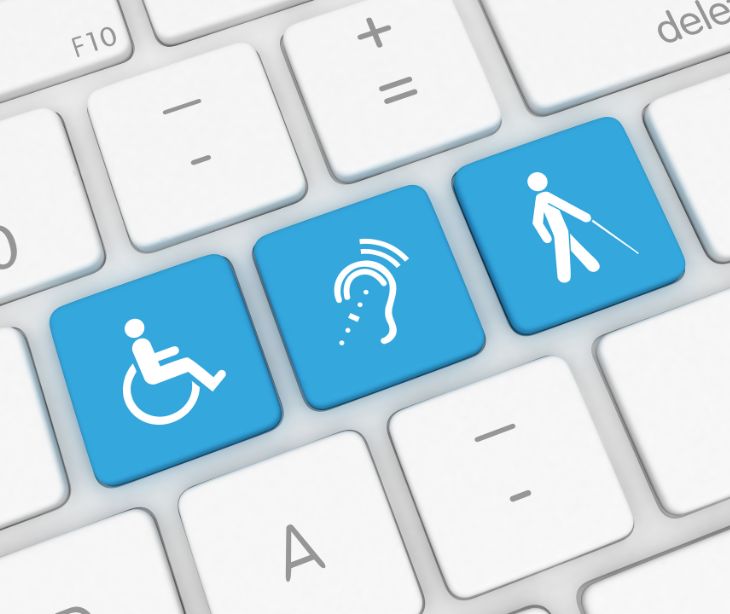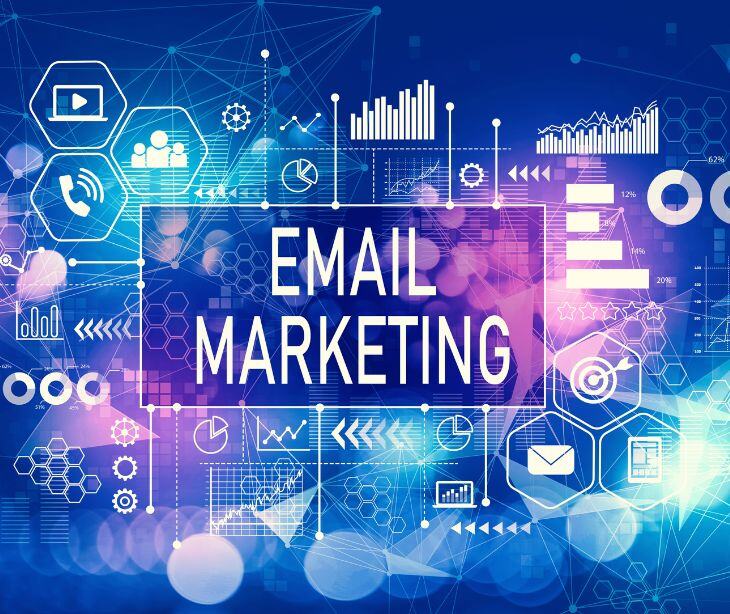2 min read
Accessibility and readability best practices for healthcare emails
Kapua Iao
September 25, 2023

Healthcare email marketing is one of the most effective ways to communicate and engage with patients. But just because an email is sent does not mean every recipient will read it. Poorly written or confusing emails are more likely to be trashed before opening. Worse yet is the possibility of having current readers unsubscribe due to difficult-to-follow emails.
To avoid this and create strong email campaigns, healthcare organizations should follow accessibility and readability best practices.
Healthcare email marketing: a review
HIPAA, the Health Insurance Portability and Accountability Act, establishes health standards and combats fraud and abuse related to protected health information (PHI). It sets policies and procedures for maintaining patient privacy, including when sending healthcare emails. The Security Rule focuses on confidentiality, integrity, and availability of PHI through physical, administrative, and technical safeguards.
It does not explicitly address email marketing but guides organizations wanting to remain HIPAA compliant. Healthcare providers use email marketing to better engage current and prospective patients. Email marketing allows providers to raise awareness, promote services, streamline onboarding, provide helpful information, and enhance patient retention. Moreover, it offers a cost-effective means of maintaining relationships and contributes to brand building.
When sending an email, covered entities must adhere to HIPAA’s principles about safeguarding PHI. This means using comprehensive policies and procedures, strong access controls, encryption, and perimeter defenses. HIPAA compliant email is integral to proper communication between healthcare professionals and patients.
When done properly, email allows healthcare professionals to connect with patients in a personal, friendly, and timely manner. Making email accessible and readable should be at the core of any marketing strategy.
What is email accessibility?
Email accessibility is the practice of ensuring that anyone can read and understand an email regardless of restrictions. These restrictions may be physical or cognitive. Creating accessible emails helps senders reach more people and improve trust and credibility.
It makes organizations stand out from their competition and maintain a solid reputation with those they communicate with. Communication that is not accessible may turn off a large chunk of subscribers. What does it mean to make an email accessible? It means:
- Using images (with simple alt text) to enhance engagement while simultaneously avoiding too many images at once
- Applying a simple email layout with left-aligned text to communicate
- Employing legible typography and appropriate color contrast
- Having enough white space but not too much
- Making links and buttons distinguishable from other email elements
- Paying attention to optimization for different formats (e.g., screen sizes)
When an email is accessible, people are more likely to read it. However, that is not where email design ends; people must also comprehend received messages. That’s where readability comes in.
See also: HIPAA compliance when communicating with patients with disabilities
What is email readability?
Readability is the concept of making an email simple, fluent, and understandable to increase open rates and user engagement. Good readability means delivering a message in a clear, comprehensible voice. It means keeping an email concise, to the point, and simple for anyone to follow.
The test most well-known for readability is the Flesch-Kincaid readability test. If an email has high readability, it tends to be engaging, easy to grasp, and (maybe) fun to read. If an email has low readability, it tends to be boring, busy, and challenging to absorb. The latter are more likely to end up in trash folders; users are more than likely to unsubscribe.
What does it mean to make an email readable?
It contains:
- A clear upfront call to action with a brief, personalized subject line
- Succinct text using words with fewer syllables and shorter sentences
- A consistent style and tone
- An active versus passive voice
- Links judiciously
- Clear, large, sans-serif fonts and high-contrast colors
- Bullet points and lists but sparingly
- No gimmicks like ALL CAPS and lots of exclamation points
- No jargon or unknown medical terms
- Localized content for global audiences (i.e., segmentation)
- Text that is proofread and checked for spelling and grammar
A well-designed HIPAA compliant email
Consistent, well-designed communication nurtures patient engagement and patient care. Email helps practices stay in contact with patients, disseminate needed information, and accomplish administrative tasks. Good email conveys professionalism and promotes trust and credibility. Good, HIPAA compliant email does all the above securely.
Organizations should follow the best practices listed above when writing HIPAA compliant emails. Healthcare organizations must understand how to keep email accessible, readable, and secure when creating marketing campaigns.
Subscribe to Paubox Weekly
Every Friday we'll bring you the most important news from Paubox. Our aim is to make you smarter, faster.



